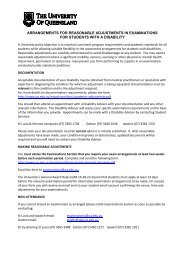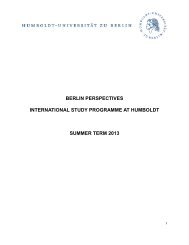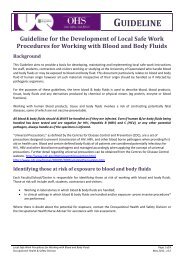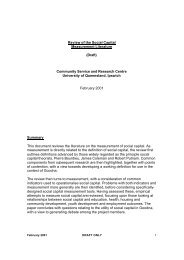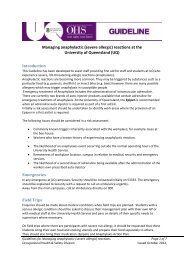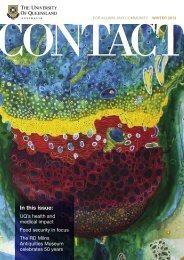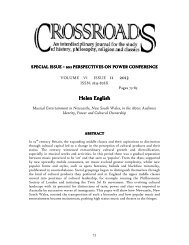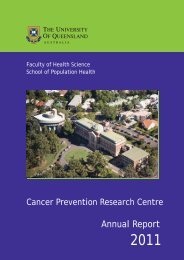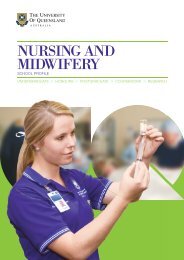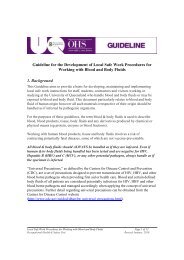Making Abundant Natural Resources Work for Developing Economies
Making Abundant Natural Resources Work for Developing Economies
Making Abundant Natural Resources Work for Developing Economies
You also want an ePaper? Increase the reach of your titles
YUMPU automatically turns print PDFs into web optimized ePapers that Google loves.
and Zoega (2001) found that high natural resource dependence was associated withlow financial development. The low/weak financial institutions documented by suchstudies clearly has the potential to detract from economic per<strong>for</strong>mance by hinderingcapital accumulation. 3To further explain the role financial development plays in the presence of abundantnatural resources, this paper uses recently developed time series panel unit root,cointegration and causality tests. The paper makes a contribution to both the financegrowthand natural resource-growth literatures in several ways. Firstly, byappreciating the possible detrimental effect of natural resource abundance, it isintended to complement a handful of studies (such as Apergis, Filippidis, &Economidou, 2007; Christopoulos & Tsionas, 2004) that employ similar paneltechniques (and time series) to examine the relationship between financialdevelopment and economic growth. Secondly, with regard to the natural resourcegrowthliterature, it intends to complement (Nili & Rastad, 2007) by examining bothoil and non-oil abundant economies and more importantly in terms of themethodology used. 4The set up here allows us to firstly determine whether there is a structural long runrelationship (without which short run dynamics can be misleading) between financialdevelopment and economic growth. This enables us to confidently determine the shortrun dynamics. The commonly used Generalized Method of Moments (GMM)dynamic estimators are designed to, among other things; deal with the issue ofsimultaneity at the expense of not appreciating the integration and cointegration3 The finding is consistent with the new growth literature (e.g. Romer, 2006) that views capitalaccumulation as a key determinant of differences in output per<strong>for</strong>mances.4 Nili and Rastad (2007) uses the commonly used first difference GMM estimation procedure.




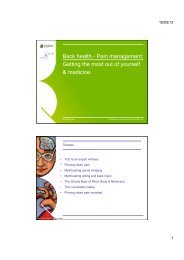
![Recycling [ PDF, 62KB ] - University of Queensland](https://img.yumpu.com/51805185/1/184x260/recycling-pdf-62kb-university-of-queensland.jpg?quality=85)
